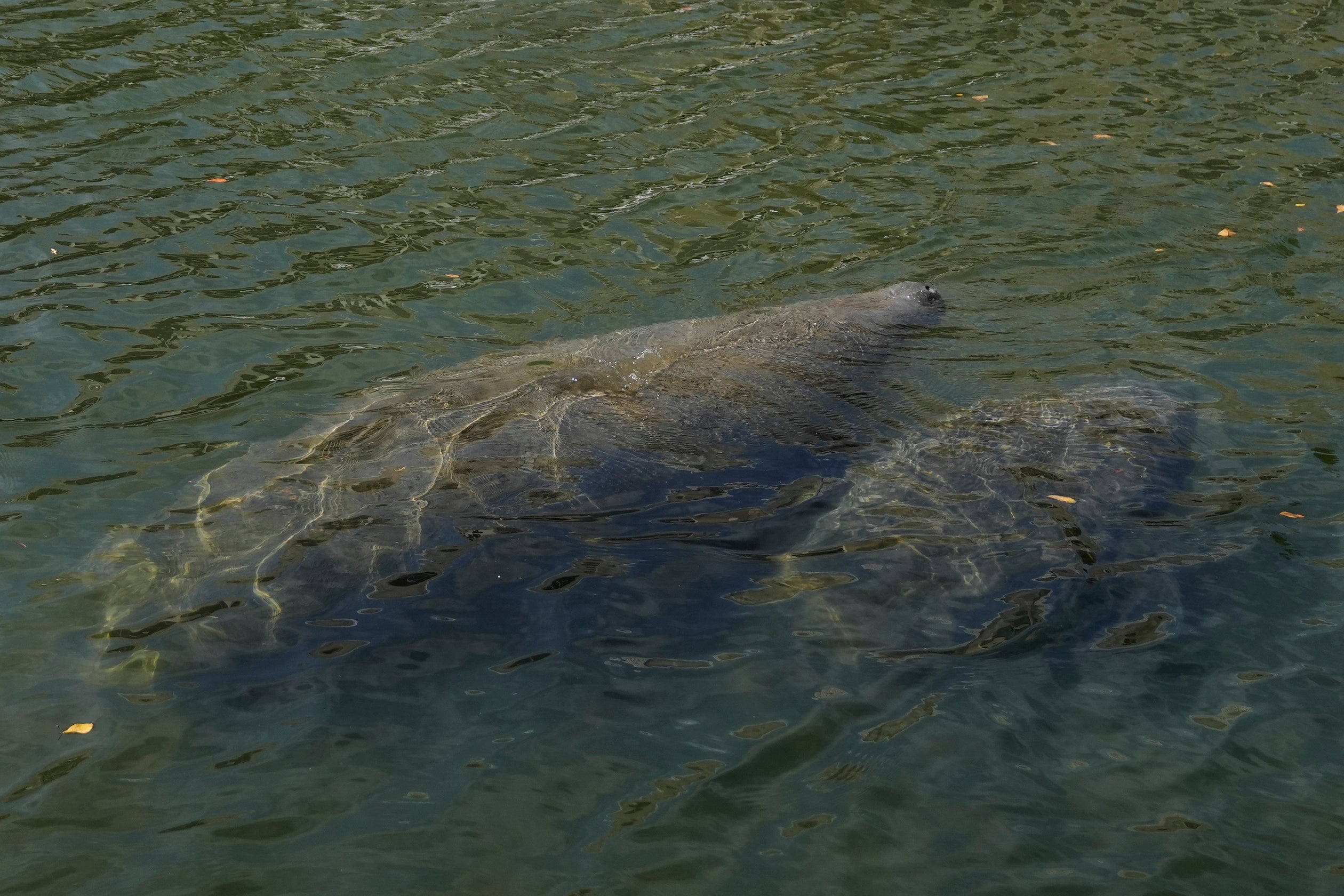Officials: Florida plan has fed manatees 25 tons of lettuce
The unprecedented human effort to feed starving Florida manatees has so far provided the lovable marine mammals with more than 25 tons of lettuce

Your support helps us to tell the story
From reproductive rights to climate change to Big Tech, The Independent is on the ground when the story is developing. Whether it's investigating the financials of Elon Musk's pro-Trump PAC or producing our latest documentary, 'The A Word', which shines a light on the American women fighting for reproductive rights, we know how important it is to parse out the facts from the messaging.
At such a critical moment in US history, we need reporters on the ground. Your donation allows us to keep sending journalists to speak to both sides of the story.
The Independent is trusted by Americans across the entire political spectrum. And unlike many other quality news outlets, we choose not to lock Americans out of our reporting and analysis with paywalls. We believe quality journalism should be available to everyone, paid for by those who can afford it.
Your support makes all the difference.The unprecedented human effort to feed starving Florida manatees has so far provided the lovable marine mammals with more than 25 tons of lettuce, officials said Wednesday.
The round-tailed, snout-nosed animals popular with locals and tourists have suffered a major die-off because their preferred seagrass food source is disappearing because of water pollution from agricultural, urban, septic tank and other sources.
Officials say the feeding program involving donated romaine lettuce at a Florida Power & Light plant on the east coast is attracting about 300 to 350 manatees per day. It’s been as many as 800 manatees at times, sometimes less than 60 as they move around the waterways.
“We’re making a difference,” said Ron Mezich of the Florida Fish and Wildlife Conservation Commission during an online news conference Wednesday. “It gives us the greatest exposure to the greatest number of animals.”
Last year, a record 1,101 manatee deaths were recorded, largely from starvation. The typical five-year average is about 625 deaths. So far this year, 164 manatee deaths have been listed, only five from collisions with boats, according to state wildlife commission statistics.
“We've seen an uptick in mortalities,” said Tom Reinert, FWC south regional director and spokesman for the state-federal effort to save manatees. “We are adjusting our program to get as much food to manatees as we can.”
Normally, wildlife experts advise against feeding wild animals because they begin to associate humans with food. And it remains a crime for a person to feed manatees on their own, although officials say many people want to help.
The best way is to donate money, they say, through a sponsored entity, and to make sure to report any sick or struggling manatee.
“Feed them with your dollars,” Reinert said.
Looking at the big picture, there are an estimated 8,800 or so manatees in Florida waters. That's a big improvement from the roughly 2,000 animals in the 1990s, part of the reason they were delisted from endangered to threatened by the federal government.
But even with this unusual die-off, Reinert said there's only a 1% chance of manatees becoming extinct in the wild any time soon. The key will be restoring seagrass beds, which is a long-term project funded by $8 million in state dollars so far.
“You can't just go out and plant a bunch of seagrass,” he said. “Projects are getting started and are in the planning stages.”